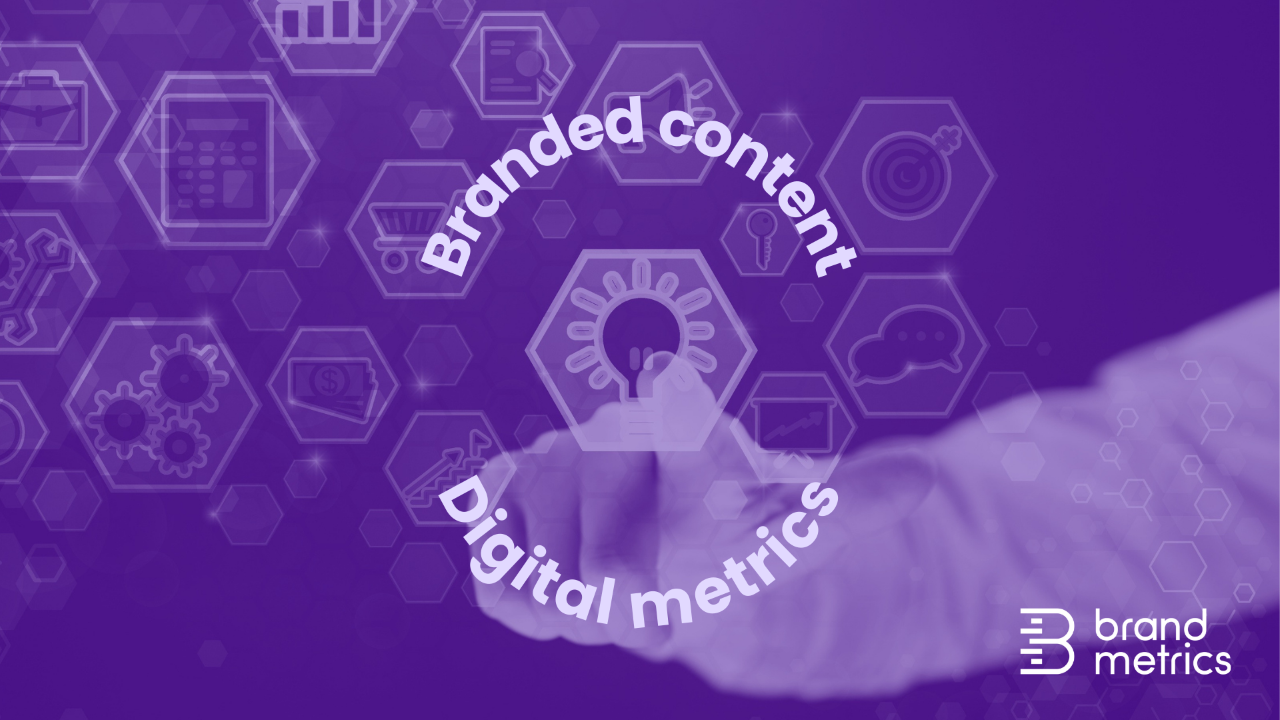How Measuring Vaccine Success Holds the Key to More Successful Campaigns

Campaign effectiveness success is a function of two things: first, having a great campaign and second, exposing it to as big a proportion as possible of the target group. In other words, it is a question of both quality and quantity.
Trying to understand the dynamics of this, we may turn to the great efforts going into Covid immunisation projects worldwide. For them to succeed, we need both effective vaccines, as well as to distribute them to as many people as possible.
As reported with the several approved vaccines so far, produced in record time by a heroic scientific community, there is broadly speaking a set level of immunity attained after one dose. And another after the second. Let’s say for example 60 per cent protection after vaccine number one, and 95 per cent after number two. So, all in all, we know our vaccines are effective.
These Covid resistance levels don’t change as a function of how many people are given the vaccine. Individual immunity is still around 60 per cent at one jab, 95 per cent at two. This doesn’t magically increase as you immunise more people, or go up to 100 per cent, no matter how many people get the vaccine. Though you should reach herd immunity at some point. But that’s another story.
The dynamic is the same with brand lift. Let’s say we have a campaign that has the power to create a +10% uplift in brand perception after just one exposure. And for example, this increases to +15% after a person sees it twice. Overall, we can be confident we have ourselves an effective campaign, placed in the right context. The next challenge is to ensure we deliver the campaign to as many people as possible.
The R in ROI
In terms of ROI, our investments in science gave us effective vaccines; then investment in distributing them far and wide allows them to do what they are designed to - put an end to the pandemic. The nurses administering the jabs on the frontlines are as heroic as the science community who worked tirelessly from the lab. Quality is pointless without quantity and quantity is pointless without quality. The R in ROI needs to be related to both kinds of investments.
And this goes for campaign effectiveness too. Showing a weak creative to lots of people is just wasting money. Creating the best campaign in the world and showing it to a handful, will likewise have little effect on business objectives.
The Contexts and the Scale
At Brand Metrics, we are in the business of reporting brand lift. That is the equivalent of measuring the power of a vaccine. In digital advertising, brand lift is dependent on several factors: the creative, the messaging and the context in which it is delivered to the audience. Not to mention the receptiveness of that audience, and potentially also on macro factors such as competing messages from other brands. By measuring brand lift we can determine if the campaign is working in its context. If effective, we also need to ensure the campaign reaches as much of the population as possible.
So, if you spend 100 with one publisher and get an uplift of +10%, and next spend 1000 with the same publisher and still get +10%, then great. This doesn’t mean your ROI was better the first time around. It means you have created great impact, and if you continue to scale that same campaign, it should show up as true business success. It means you have both a good vaccine and effective distribution for it. Premium publishers have both the contexts and the scale. The science and the nurses. Quality and quantity.
Knowing whether to give a second, third or even ninth jab of your campaign to the same person, or to give a first jab to someone new is the art and science of optimising campaign effectiveness. That is, with regards to both quality of exposures and quantity of audience. We believe Brand Metrics provides the data to help aid such decisions.











